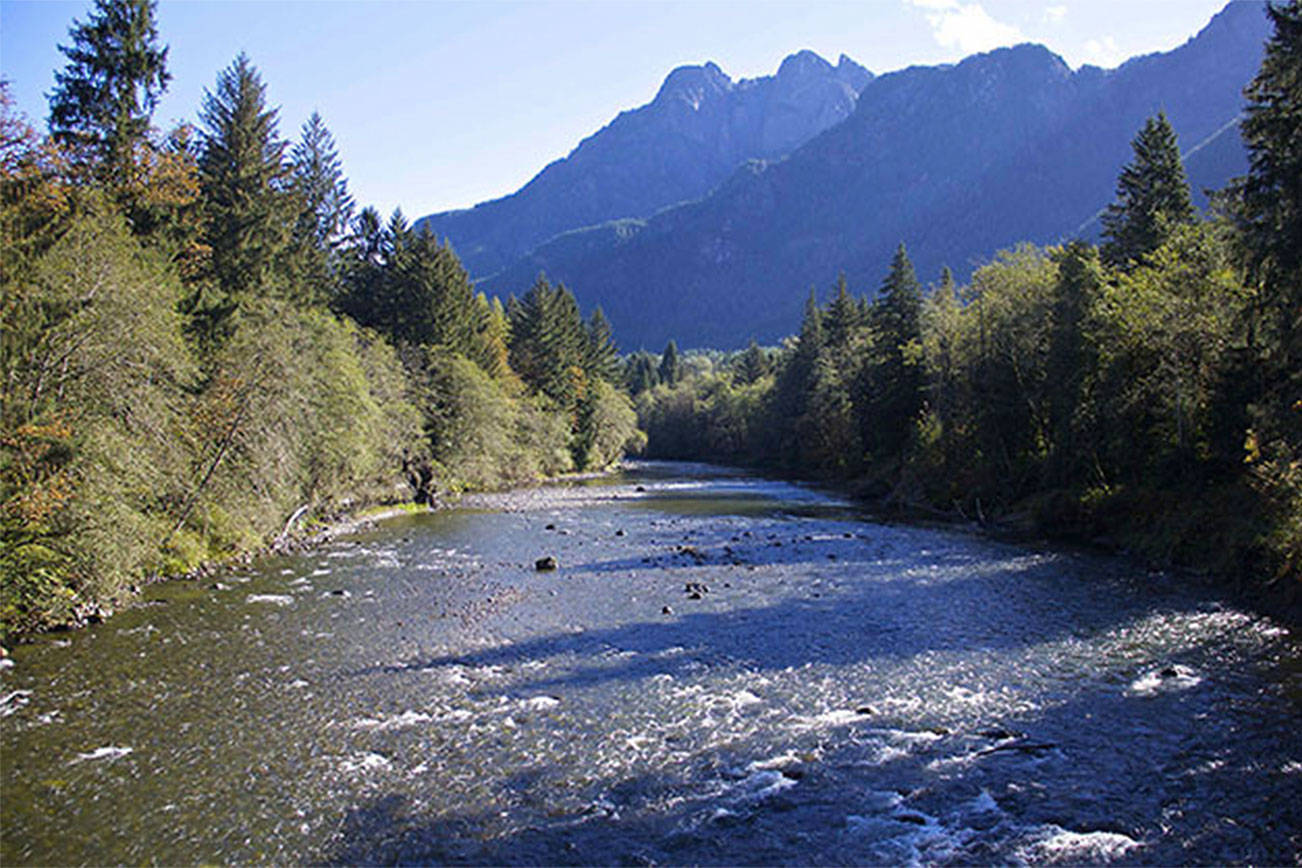Climate change is already altering the temperature, seasons and river patterns of King County, and its effects are only expected to increase over the next century. The key to understanding the changes coming in one of Puget Sounds most abundant resources — water.
The Snoqualmie Valley Preservation Alliance held a meeting on Oct. 2 at the Carnation Senior Center with a presentation from Dr. Crystal Raymond, a climate scientist for the University of Washington. Raymond studies ways to apply climate science in practical measures, which is particularly applicable to the farming communities in east King County.
“Here in the Pacific Northwest, a lot of the impacts that we feel here on the ground is impacts to water,” Raymond said.
Climate change effects for Puget Sound will make the wet season wetter and the summers drier, Raymond said. Warming temperatures will further reduce snowpack and heavier rains could increase the severity or frequency of floods. Many of the changes have already begun.
Puget Sound temperatures have risen an average of 1.3 degrees since 1895, a change that has been felt in all seasons except spring temperatures. That has been accelerating in recent decades with 18 years between 1980 and 2014 clocking in higher temperatures than the 20th century average. Nighttime air temperatures have increased even more, by 1.8 degrees. The frost-free season has also increased by 16 days.
Since the mid-20th century the snowpack in Washington state has decreased by about 25 percent with warmer temperatures turning more winter snowstorms into rain on the Cascades and Olympics. The already lower summer stream-flow volumes have decreased, on average, by about 20 percent since 1948. Many rivers and streams in Puget Sound and King County are fed by a mix of snow and rainfall, but by the end of the century as snowpack disappears, it will lead to most of the rivers relying entirely on rainfall. That will, in turn, make the rivers more vulnerable to lower flows and warmer water hurting native salmon species.
The outlook for the coming century paints an even more concerning picture: All climate models predict temperatures will warm, on average, between 3 to 7 degrees by 2050, and 7 to 12 degrees by 2080, Raymond said. Those temperatures are averages, and year to year temperatures will fluctuate. Long-term averages are calculated on a rolling 30-year average.
The warm temperatures in 2015 provide a good benchmark for what Washington state likely will be like by mid-century as winter temperatures during that year were around 5 degrees higher than the average. Large wildfires swept across the state in 2015, covering the Pacific Northwest and British Columbia with smoke. Summers will become warmer as the effects of climate change continue to mount.
“Models consistently show drier summers,” Raymond said.
While average precipitation will remain relatively stable, heavy rainfall is projected to increase. An increase in storms by between 5 to 34 percent is expected by 2080 since warm air holds more water. That likely won’t help stave off dry summers. The Cascade and Olympic mountain ranges have the highest fraction of “warm snow” in the U.S., meaning it has the most snow that falls when the temperature is between 27 and 32 degrees. A rise in temperatures by 5 degrees by mid-century would wipe out that snowfall, a phenomena reflected in climate models.
Snowpack is expected to decrease by about 29 percent by 2040 and by 55 percent by 2080. Most watersheds where snowpack develops in Puget Sound, particularly in lower elevations, will lose more than 75 percent of their snowpack by then.
As the snowpack is lost, more water will be passing through King County rivers. Many models predict that river flows will increase by about one-third. That could manifest in higher rivers spread out over the wet season or in more intense flood events. At the same time, summer flows will decrease by 16 to 51 percent by 2080.
Raymond’s work is focused on providing information so communities can figure out solutions. The small town of La Conner near Skagit Bay used climate information to begin developing a plan to protect their sea-front businesses from rising sea levels. The town held open brainstorming sessions to find ways to move forward, and Raymond said a similar method could be used in the Snoqualmie Valley.


